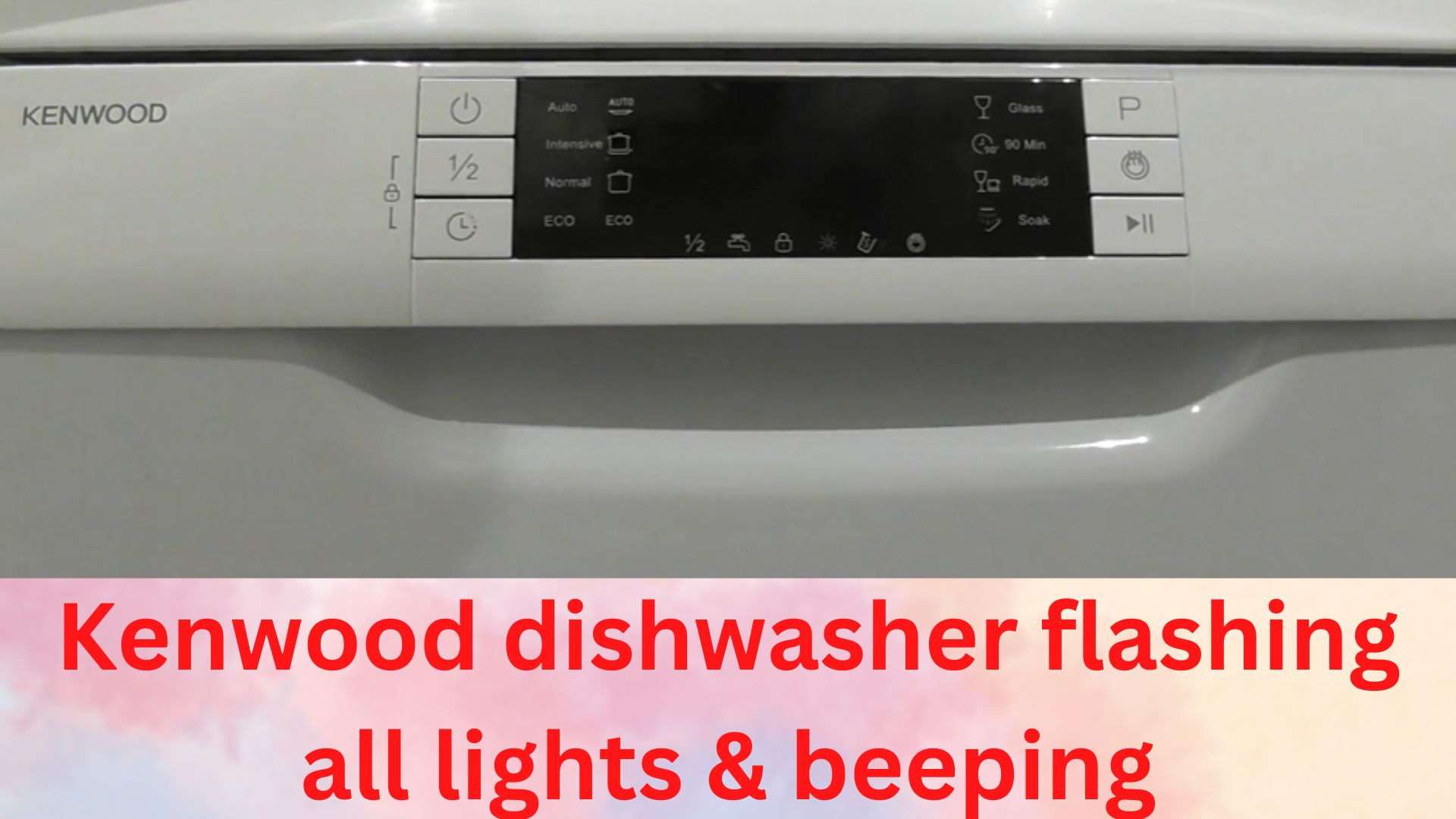One or two flashing lights are not that big of a deal. Lights blink for various reasons. But if all the lights flash, you should panic because, clearly, things have gone wrong. The following culprits are probably at fault:
1). Unlatched Door
You shouldn’t open the door during a cycle. The door prevents the dishwasher from making a mess when a cycle starts. In fact, depending on the model, the cycle may refuse to start until you close the door.
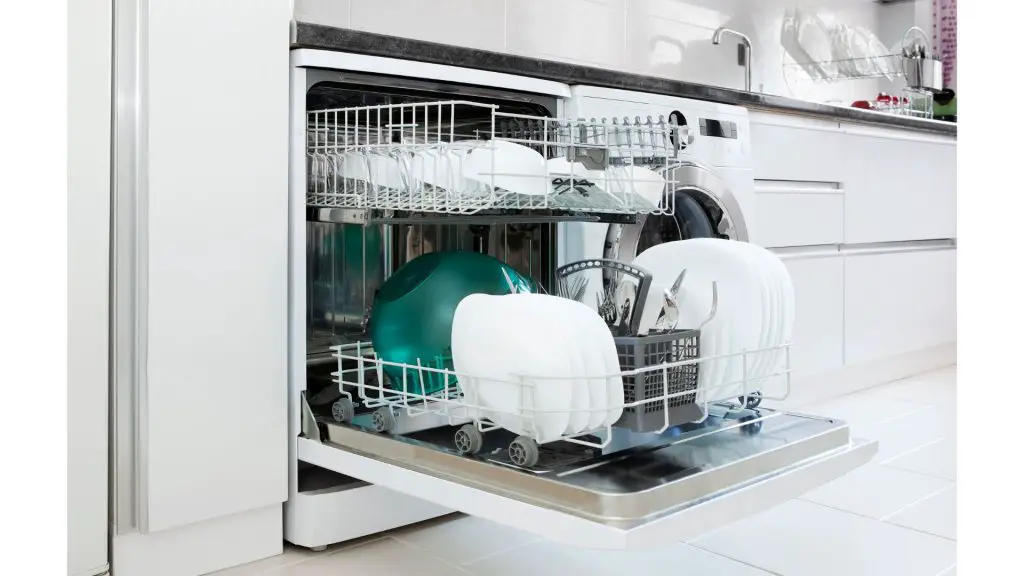
You may observe flashing lights and beeping sounds because you interrupted a cycle by forcing a door open. Try pushing the door shut and resuming the cycle. This may solve the problem.
Additional challenges may manifest if you program a delayed start but then unlatch the door. The lights will flash, and the delay countdown will pause until you shut the door.
What if the door is firmly shut, but the flashing and beeping won’t stop? The door latch is at fault. This system is more complicated than people think. The sophisticated technology in the latch allows the dishwasher to determine whether or not the door is closed.
A defect in the door assembly can trick the machine into thinking that a closed door is open.
2). Broken Drain Pump
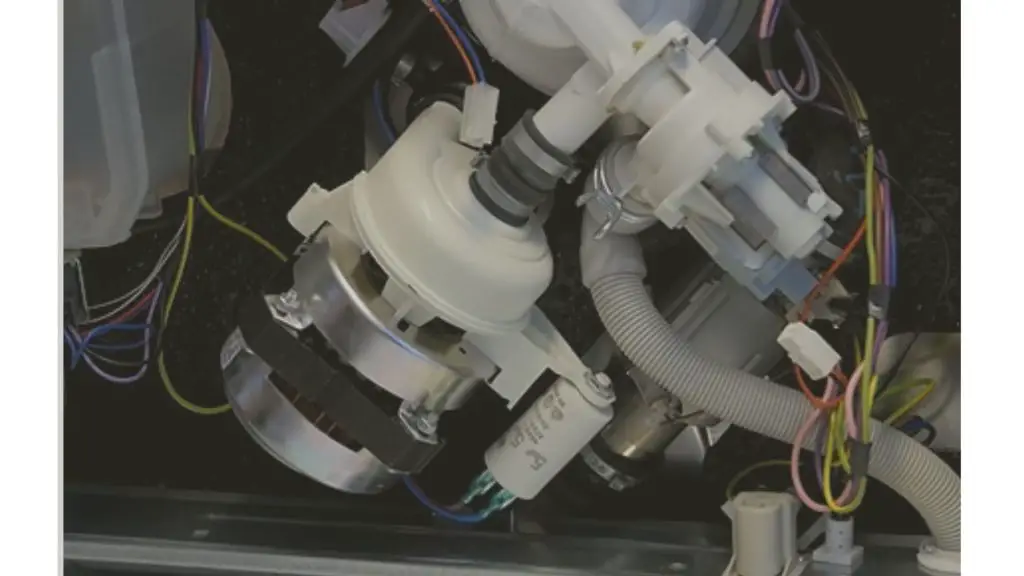
The Kenwood dishwasher’s drain pump is defective or blocked. One of those issues is worse than the other. You can unclog a clogged pump. However, a defect may compel you to replace the component, depending on the severity of the issue.
Many people downplay the seriousness of a blockage. They don’t realize that clogging prevents dirty water from leaving the appliance, and a Kenwood dishwasher full of dirty water is useless. It won’t run until you remove the water. Your model may blink incessantly, alerting you that your dishwasher is inoperable because of a blockage.
Unfortunately, blockages are not restricted to the drain pump. They can occur because of obstructions in the filter, sump, and hose. Don’t ignore kinks in the hose. While they seem harmless, kinked hoses won’t permit the water to flow until you fix them.
The simplest solution is to straighten the hose. But if you’ve ever straightened a kinked pipe, you know those kinks reappear soon after. If you keep straightening a kinked hose, don’t be surprised when it breaks.
3). Leaking Kenwood Dishwasher
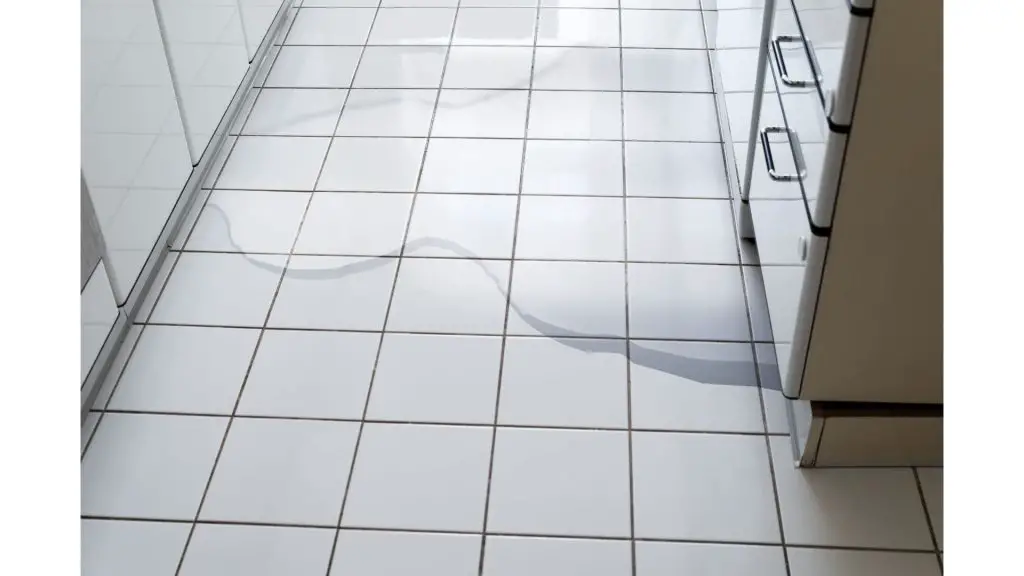
Clogging can cause leaks, but it isn’t the only viable culprit. Dishwashers have float switches that control the water flow. They prevent your home’s water supply from overfilling the appliance.
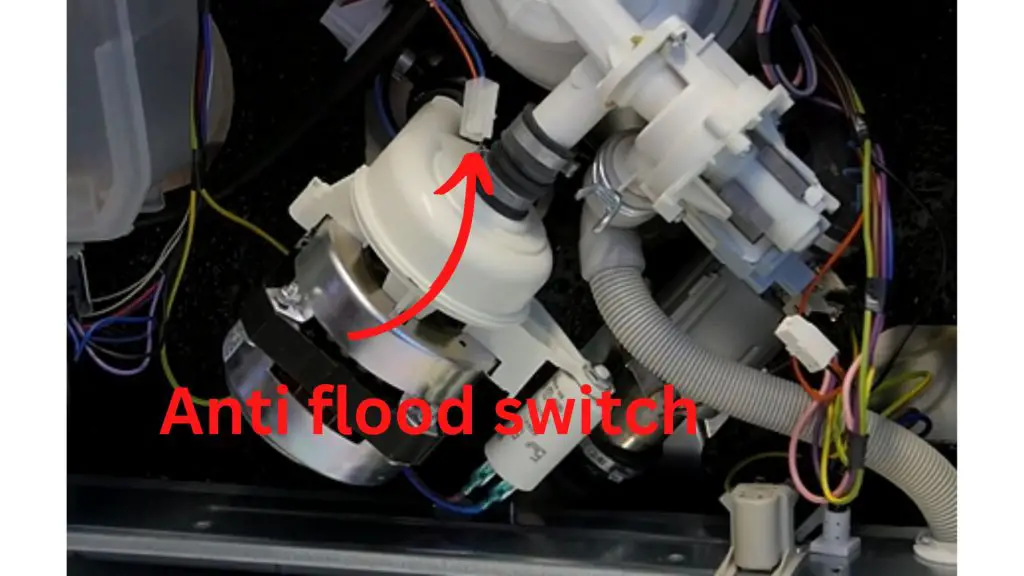
A broken float switch can lead to leaks. This assumes that your model has a float switch. Like clogging, leakages can make the dishwasher inoperable. The same applies to the flood sensor in the base.
As the name suggests, flood sensors respond to flooding. But they can develop faults, detecting water where none exists.
4). Power Supply Issues
Some power supply issues can occur because of an electrical surge. Keep in mind that a control board runs the Kenwood dishwasher. The board distributes power to the machine’s components.
A surge can disrupt the board’s operations, creating malfunctions.
But you shouldn’t concern yourself with the board until you check the dishwasher’s power cord and the wall outlet. You should also inspect the electrical panel. For all you know, the circuit breaker is defective.
5). Stuck Button
A stuck button can do a lot to your Kenwood dishwasher. That includes keeping the door closed, preventing a cycle from starting, stopping a cycle prematurely, and interrupting preset programs. If it looks like a cycle is complete, but the door won’t open, look for one or more stuck buttons.
6). Machine Overheating
Dishwashers can overheat. People are quick to blame heating elements, and for a good reason. Dishwashers have heating elements. They use these components to heat the water during a cycle. These elements can overheat because of malfunctions, control board glitches, thermostat issues, loose connections, etc.
7). Loose Connections
Loose connections are tricky because they are challenging to identify. You have so many wires in a dishwasher to inspect and test. Some lines are frayed, worn out, or broken. Others are loose enough to cause arcing, which can lead to overheating, fires, and deadly shocks.
Loose connections can cause power disruptions, stop cycles, shut the Kenwood dishwasher down, prevent it from starting, and more. You need to troubleshoot the appliance thoroughly to find the culprit.
8). Defective Spray Arms
The spray arms are aptly named because they spray water. Unfortunately, they are susceptible to wear and tear, especially in regions with hard water. Hard water will corrode the metal arms, causing residue to accumulate and reducing the machine’s efficiency.
The corroded spray arms are merely one symptom among many you may notice when hard water destroys a Kenwood dishwasher.
9). Normal Operations
You don’t have to worry if the flashing and blinking are temporary. In some models, all the lights flash when the dishwasher starts. This lets you know that your appliance is healthy and working as expected. You should only panic when the lights persist.
10). Faulty Control Board
You may observe inexplicable flashing and blinking because of a faulty control board. The board runs everything in the Kenwood dishwasher. Therefore, when it fails, symptoms you can’t explain will manifest, including continuous flashing and beeping.
Troubleshooting Tips To Fix Kenwood Dishwasher Flashing All Lights & Beeping
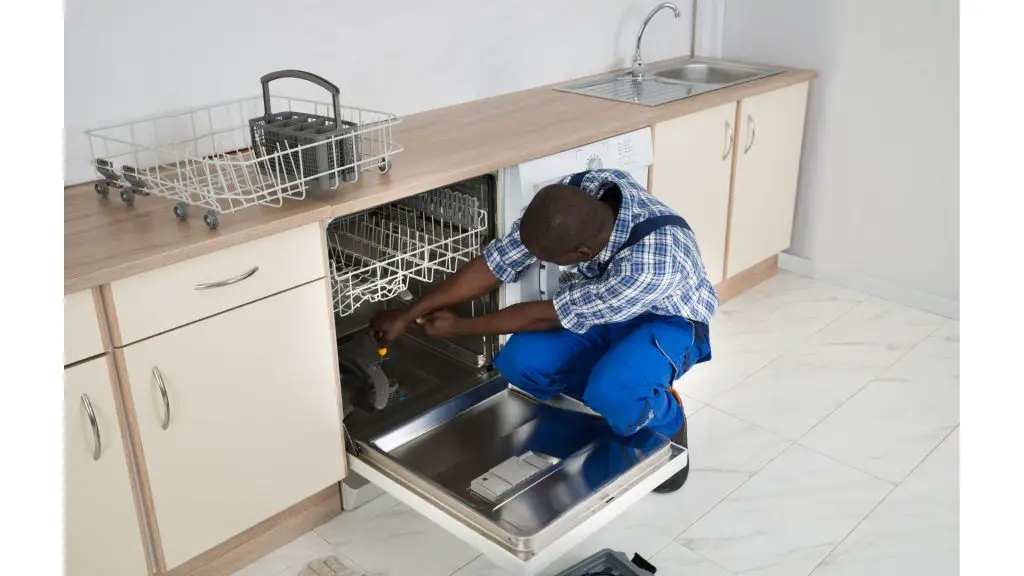
- Check the manual. Does it say anything about the beeping and flashing? In some models, beeps and flashes are error codes. They communicate a specific message. Find out what the beeping and flashing are trying to say. If this phenomenon is normal, the manual will let you know.
- Perform a reset by turning the power off for a few minutes. Some consumers wait thirty minutes to an hour before switching the appliance back on.
- If the dishwasher has flooded, tilt it at a 45-degree angle to remove the excess water.
- Inspect the temperature sensor, especially if you tried and failed to locate signs of overheating. Replace the sensor.
- Diagnose the flood detection circuit and replace a defective flood sensor.
- Inspect the dishwasher’s power cord and plug. Replace them if you notice signs of wear and tear, such as bent prongs and torn insulation.
- Check the socket. Is it damaged? Do you see loose connections or damaged wires? Plug the dishwasher into a second outlet. If the flashing and beeping disappear, replace the first outlet.
- Fix a broken door latch. These components degrade over time. You can replace the entire door, latch, or assembly.
- Remove blockages. That can include cleaning the filter, hose, and drain pump. Hoses are tricky because you can damage them while trying to remove the obstruction. Proceed cautiously. Some obstructions won’t budge. You need to replace the entire hose.
- Check the waste pipe that takes the dirty water out of the appliance. Fat and grease can accumulate. The clogging will persist until you clear the waste pipe.
- Replace a faulty heating element.
- Unclog the spray arms. Replace them if the corrosion is severe.
- Replace a faulty control board.
- Replace a faulty drain pump.

